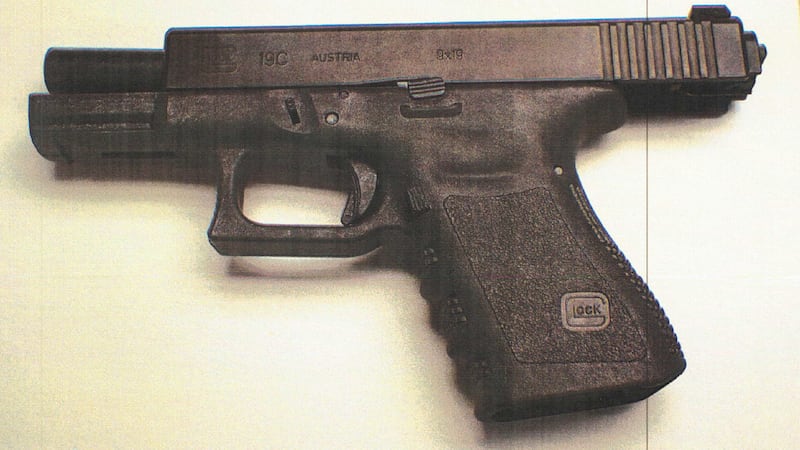There has been much talk in recent years about an dá thraidisiún - “the two traditions” in Ireland, but when it comes to music, there is no such concept as two traditions.
So writes Brian Mullen in Gael Linn’s Aspects of a Shared Heritage, a booklet the Bluffer will be going through in the next couple of weeks.
Is le gach duine ceol na hÉireann - the music of Ireland belongs to everyone, Brian rightly points out – it comes out of the roots of the country.
“We are very fortunate, particularly in the north, that we have a oidhreacht iontach láidir cheoil - a very strong musical heritage and it comprises basically three strands: ceol dúchasach na hÉireann - the native Irish music, along with the music of England and the music of Scotland brought either by na Plandálacha - the Plantations or by travel between the two islands.
The music itself – traidisiúnta - traditional, sean-nós or ar an tseanstíl - old-time – has no intrinsic political, religious, or party affiliations.
“It is only when words are put to it that it takes on a colouring – orange or green, Prod or Taig, nationalist or unionist,” writes Brian, an láithreoir - the presenter of Cáschlár on Radio Ulster and a fine singer himself.
“It lives or dies because it is good or bad, not because of what team it supports.
“Singers and musicians can take fonn - a tune from any source and make it work within their own context.”
A tune can cross religious and political divides and Brian gives an example of this in a song from Cogadh Cathartha Mheiriceá - the American Civil War, Tramp! Tramp! Tramp! written in 1864 to highlight the plight of Union soldiers in Confederate Prisoner-of-War camps, a tune so popular everywhere, particularly in Ireland, that in 1867, a song called God Save Ireland, used the same tune.
Somewhere along the line, however, the tune also acquired a number of sets of ‘Orange’ words, warning of “No Pope, priest or Holy Water, No Home Rule for Ireland. And if I had a gun, I would shoot them every one, For walking on the King’s Highway.”
Another tune which has not only crossed party lines but is available with Irish and English texts is one variously called Rosc Catha na Mumhan - the Battle-Cry of Munster or in the other tradition, The Boyne Water.
Anuas ar an dá amhrán seo - as well as these two songs, the air carries the words of a fine Twelfth Day marching song The Bold Orange Heroes of Comber.
“That particular song probably dates from the middle of the 19th century, but early in the 20th century the ‘rebels’ made use of the same tune to deride the activities of na Dúchrónaigh - the Black and Tans in Ireland: “Come out, you Black and Tans, Come out and fight me like a man...”
However, even this rebel-rouser has very strong echoes of the English tune Greensleeves, allegedly written by Henry VIII!
Even The Sash My Father Wore has a doppelgänger in a love song called Irish Molly O.
If you want to learn more about the links between Irish songs and tunes go to: https://bit.ly/SharedHeritageGL



